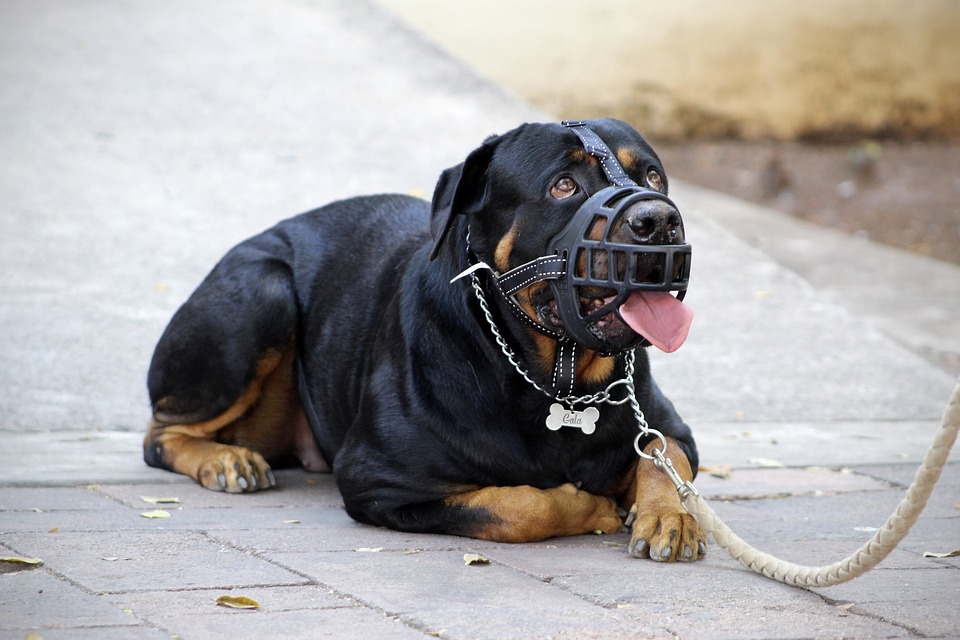Whistles have been used by shepherds for centuries to manage their flocks. The sheepdog whistle is an essential tool for any shepherd, even today. It is one of the most effective communication tools to direct the dog and control the sheep.
The sheepdog whistle works by creating different frequencies that can be understood by dogs but not by humans. The sound waves create a series of notes that can signal various commands to the dog, such as “come, ” “go, ” “stop, ” or “turn.”
In using the sheepdog whistle, there are three basic sounds to keep in mind: the command to stop, the command to go, and the command to turn. The signal to stop is usually a short, sharp sound, while the command to go is a longer, more drawn-out sound. A sharp, crisp sound is used as a turn signal.
When training a sheepdog, you should first used verbal cues and physical gestures, then incorporate the whistle as they become more familiar with the commands. Because repetition is important in training, it is recommended to use the same sounds each time you use the whistle. Consistency will help the dog learn to recognize and respond to the different commands.
One common mistake in using the sheepdog whistle is to blow it too hard or too frequently. This can be overwhelming for the dog and cause confusion. Instead, use a light puff of air to create a clear and distinct note. Also, avoid using the sheepdog whistle to reprimand or punish the dog, as this can make them hesitate or become fearful of the whistle.
When using the sheepdog whistle in the field, it’s important to know the dog’s personality and work style. Some dogs are more sensitive to the sound than others, so it’s important to use the volume and pitch that works best for the dog. Additionally, the distance between the dog and the shepherd should also be considered.
It’s also helpful to use different whistle sounds for different dogs. This can help them distinguish their command from other dogs working in the same area. Another important factor to consider is the weather. Winds or other natural noises could drown out the sound of the whistle, so it’s important to adjust the volume and tone accordingly.
While the sheepdog whistle is an excellent tool for managing a flock, it’s important to remember that it’s not a requirement. Communication with the dog can be achieved through verbal cues and body language. The whistle is simply an added aid that can improve communication and make the work easier.
The sheepdog whistle is a fundamental tool for any shepherd. It’s a simple device that creates distinct frequencies to signal different commands to the dog. With proper training, the dog can recognize these sounds and respond accordingly. Remember to use the whistle correctly, keeping in mind the volume, pitch, and frequency. With practice and patience, you and your dog can work together harmoniously to manage your flock.

No Comments